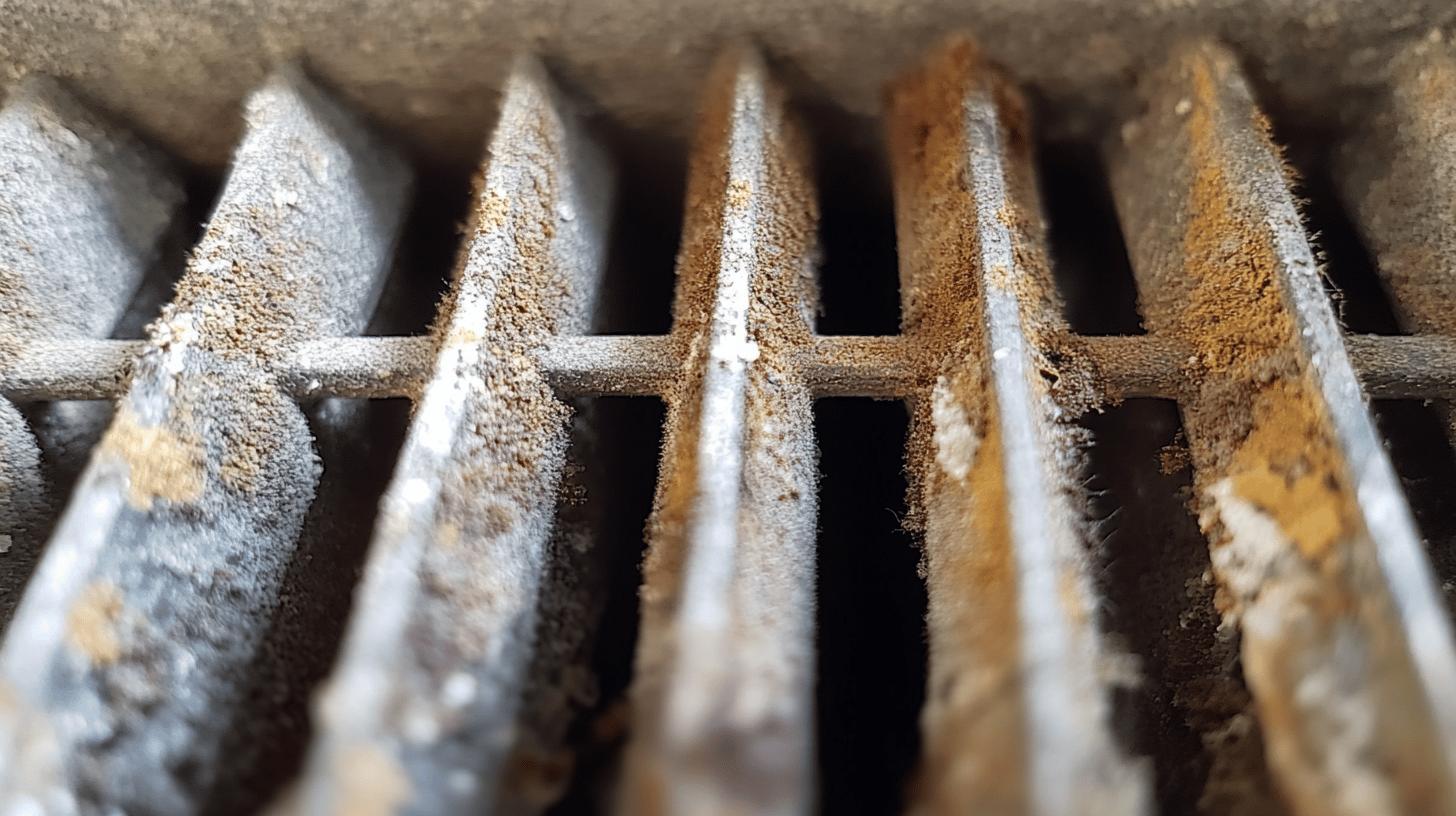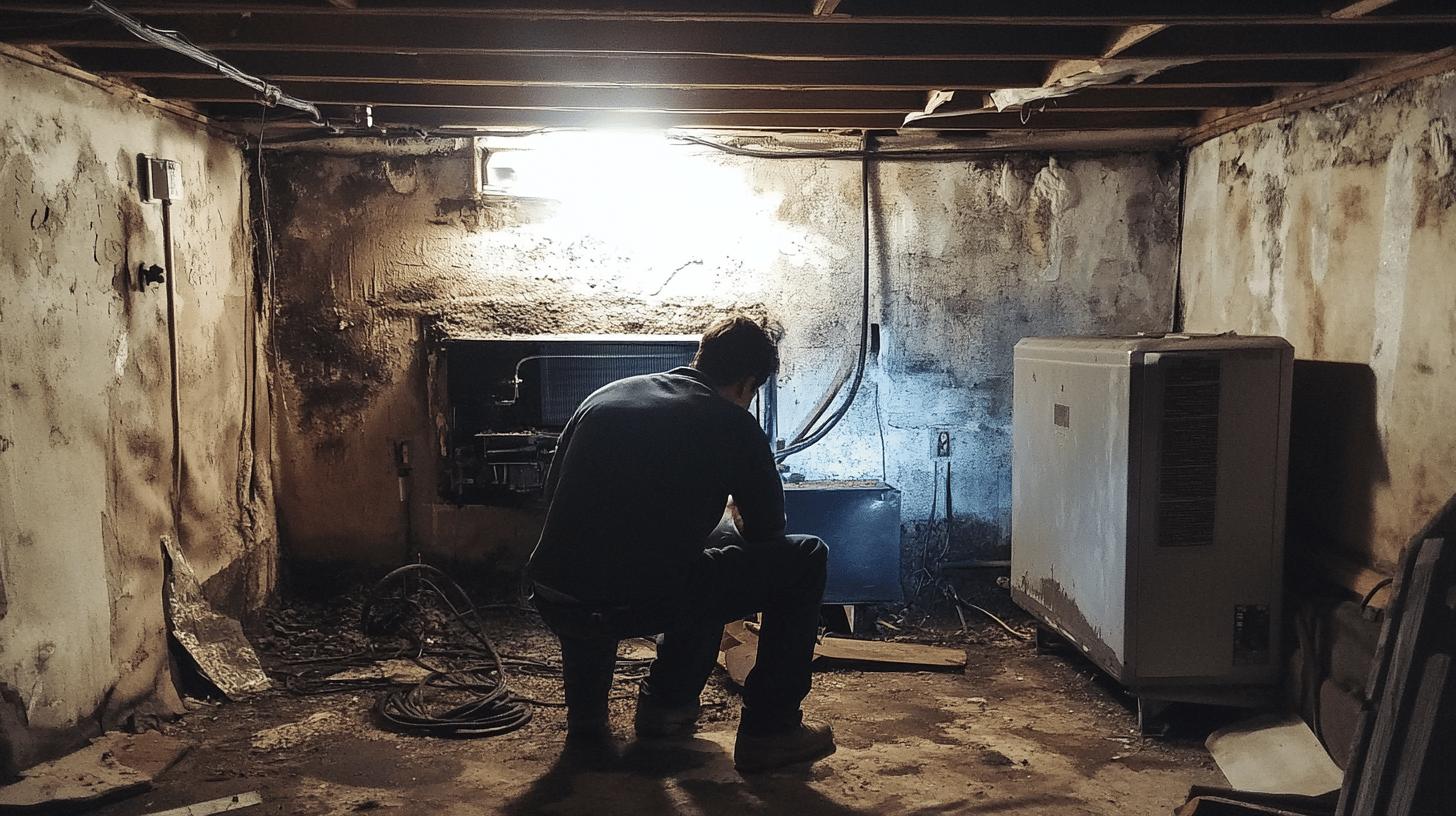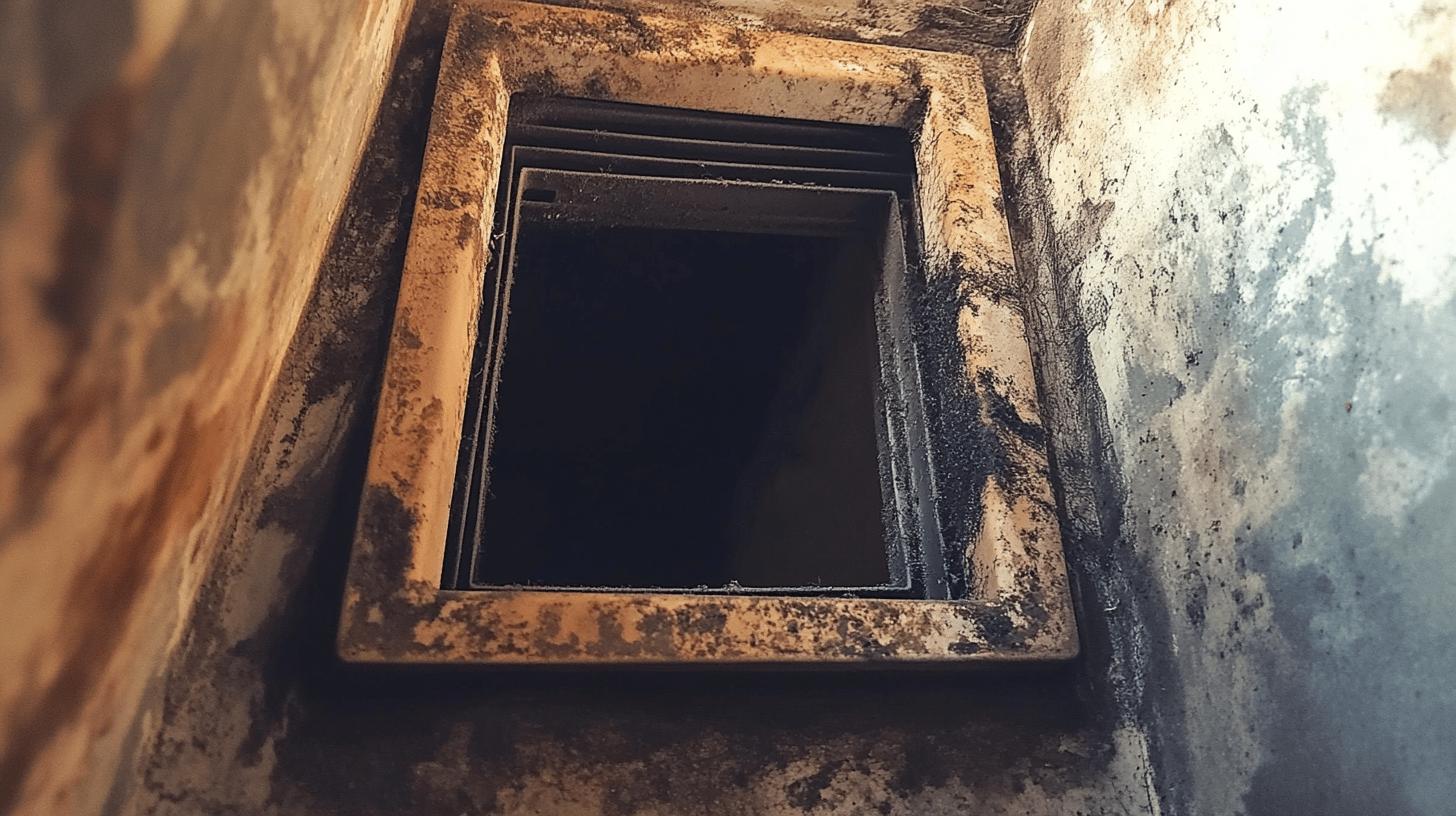Can your HVAC system cause mold? While many homeowners think of their HVAC systems as a means to stay comfortable, these systems can sometimes create perfect conditions for mold growth, such as moisture and temperature fluctuations. Mold in HVAC units isn’t just a threat lurking in hidden corners; it can rapidly spread through air ducts, affecting indoor air quality. Understanding how this happens is essential to safeguarding your home. Get into this article to find out how HVAC systems contribute to mold growth and learn practical steps to prevent it.
Understanding How HVAC Systems Can Cause Mold
Mold often grows in HVAC systems due to moisture, oxygen, and suitable temperatures. So, can an HVAC system cause mold? Yes. These systems create ideal conditions by circulating humid air. This air can condense on cooler surfaces, providing moisture for mold to thrive, especially in warm, oxygen-rich environments.
Certain parts of HVAC systems are more prone to mold. Air ducts can trap dust and moisture, creating an ideal breeding ground. Coils, which heat and cool air, can also accumulate moisture, making them vulnerable. Drip pans, if poorly maintained, may overflow or become stagnant, further contributing to mold growth. Regular inspection and cleaning are vital to prevent mold from establishing in these areas.
Here’s how mold spreads through HVAC systems:
- Air Circulation: Mold spores can spread throughout a building as air circulates.
- Dust Accumulation: Dust and debris trap moisture, aiding growth and spread.
- Temperature Variations: Changes in duct temperatures cause condensation, leading to moisture build-up.
- Moisture from Condensation: Condensation on coils and ducts provides moisture continuously.
- Improper Drainage: Poor drip pan drainage leads to water build-up, encouraging mold.
Identifying Signs of Mold in Your HVAC System

Can your HVAC system cause mold? Yes, it can form in just 48 hours under the right conditions. Recognizing signs of mold indicates an issue may exist with your HVAC system.
A persistent musty odor that becomes noticeable as air circulates is a sign of mold. This smell, especially near vents, is a red flag. Visible mold around vents or within ductwork is another indicator. These dark, fuzzy patches can sometimes be seen without dismantling any parts of the system.
Health symptoms also signal mold issues. If you or your family members notice increased allergy symptoms like sneezing, coughing, or itchy eyes, mold exposure may be the cause. Mold can aggravate respiratory problems, so monitor any health changes linked to using your HVAC system.
Regular inspections are vital for early mold detection and prevention. Routine checks catch mold growth before it becomes widespread, protecting both your health and the longevity of your HVAC system.
Preventing Mold Growth in HVAC Systems
Can controlling humidity prevent mold in HVAC systems? Yes, keeping indoor humidity below 60% is key. Excess humidity provides the moisture mold needs. Maintenance, such as checking for leaks and ensuring drainage, removes essential growth factors. Regular inspections and cleanings help detect potential mold development early, keeping your system in top condition.
Here are five methods to prevent mold growth in HVAC systems:
- Use Dehumidifiers: They control humidity, reducing moisture for mold growth.
- Install UV Lights: UV lights can kill mold spores on contact, especially near coils and drip pans.
- Ensure Proper Drainage: Regularly clear drip pans to prevent water build-up.
- Conduct Regular Maintenance: Clean components like coils and ducts to remove mold-friendly dust and debris.
- Seal Ducts Properly: Well-sealed ducts prevent moisture from entering and getting trapped.
Professional Solutions for HVAC Mold Issues

Can professional cleaning remove mold from HVAC systems effectively? Yes, it’s highly effective. Professionals use specialized equipment and techniques to thoroughly clean and sanitize components, eliminating mold spores. This improves indoor air quality and keeps the HVAC system efficient. Mold remediation experts identify mold sources and tackle them comprehensively, reducing the risk of recurrence.
The mold remediation process involves inspecting for the extent of mold growth and affected areas. Contaminated components, like ductwork, may need replacing. Cleaning alone might not remove all spores, especially in porous materials. Addressing moisture issues is crucial. Fixing leaks and ensuring drainage prevents mold recurrence.
Why is professional HVAC repair and cleaning important? It prevents future mold issues. Over time, dust and moisture can accumulate, creating ideal mold conditions. Regular maintenance lets professionals detect and fix issues early, ensuring the system runs efficiently without harboring mold. Consistent expert care maintains a clean system, reducing mold problems and promoting a healthy environment.
Enhancing Air Quality to Combat Mold in HVAC Systems
Can upgrading air filtration improve air quality and control mold? Yes. High-quality filtration and purification systems combat mold by removing spores and pollutants. This improves air quality and extends the HVAC system’s lifespan by minimizing mold issues. High-efficiency filters significantly reduce indoor mold spore circulation.
Here are four techniques to enhance air quality and combat mold in HVAC systems:
- Install Ionizers: Ionizers release negative ions that bond with and neutralize mold spores without producing harmful ozone.
- Use UV Lights: UV lights can kill mold spores by disrupting DNA and preventing reproduction.
- Regular Air Duct Cleaning: Cleaning ducts remove dust and debris that can trap moisture and facilitate mold growth.
- High-Efficiency Filters: Use filters with MERV 11 or higher to capture small particles, including mold spores.
Can these methods prevent mold and maintain a healthy indoor environment? Yes, they create a less hospitable environment for mold. Regular cleaning and high-efficiency filters reduce mold spores. UV lights and ionizers eliminate existing spores, keeping indoor air clean. Combined, these methods prevent mold growth and improve indoor air quality, ensuring a safer, more comfortable living space.
Final Words
Understanding how an HVAC system can cause mold is crucial for maintaining a healthy indoor environment. Mold thrives in conditions present in many HVAC systems, and it can spread through components like air ducts and coils. Recognizing signs such as musty odors and increased allergies can alert you to mold presence. Regular inspections and maintenance are key to prevention.
Consider professional solutions for thorough mold remediation and air quality enhancements. High-quality air filters, UV lights, and proper humidity control are effective measures. By addressing these issues proactively, you can prevent HVAC system-related mold growth and enhance your home’s overall air quality.
FAQ
Can HVAC systems cause mold?
HVAC systems can cause mold when moisture, oxygen, and suitable temperatures are present. Mold commonly forms in air ducts, coils, and drip pans and can spread throughout the house.
How does mold in HVAC systems spread?
Mold spreads through HVAC systems when mold spores circulate through air ducts and vents. This distribution is aided by the system’s airflow, increasing mold exposure throughout a building.
What causes mold in an HVAC system?
Mold in HVAC systems is caused by excess moisture, poor ventilation, and dirty components. Factors like high humidity levels and inadequate maintenance can also contribute to mold growth.
How dangerous is mold in an HVAC system?
Mold in HVAC systems is hazardous as it can trigger respiratory issues, allergic reactions, and other health problems. Prompt identification and removal are crucial to protecting health and indoor air quality.
How can I check for mold in my HVAC system?
Check for mold by inspecting air vents for visible signs or musty odors. Increased allergy symptoms indoors can also indicate mold presence, necessitating professional inspection for confirmation.

